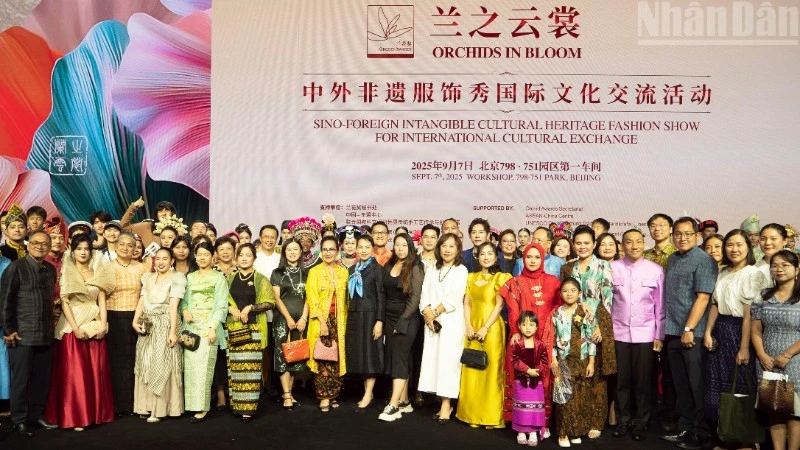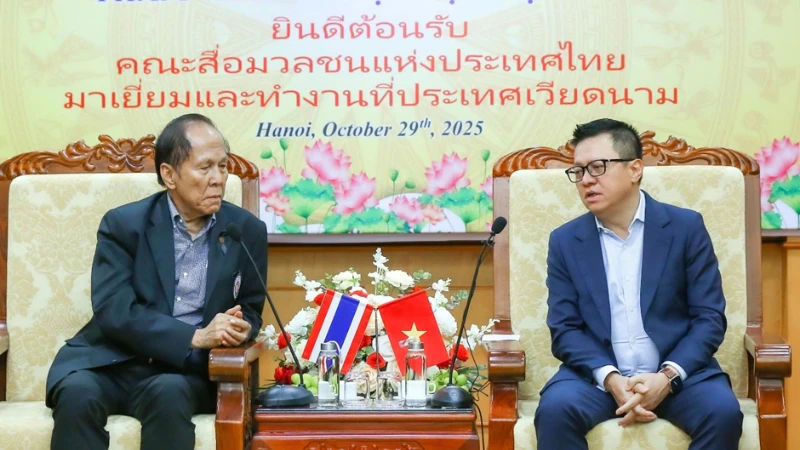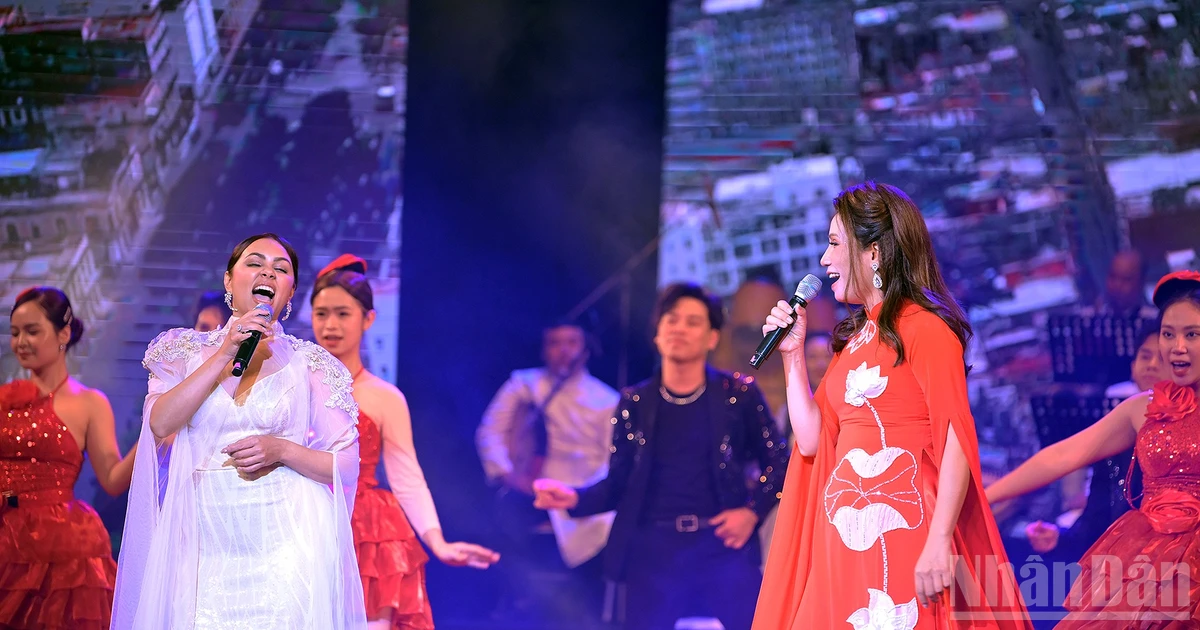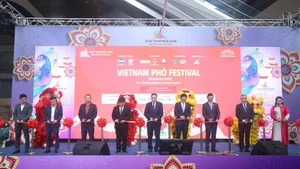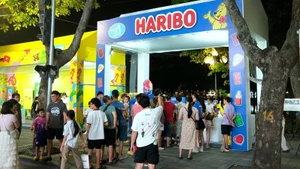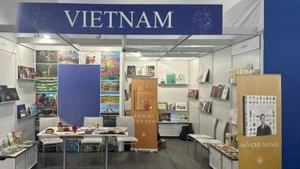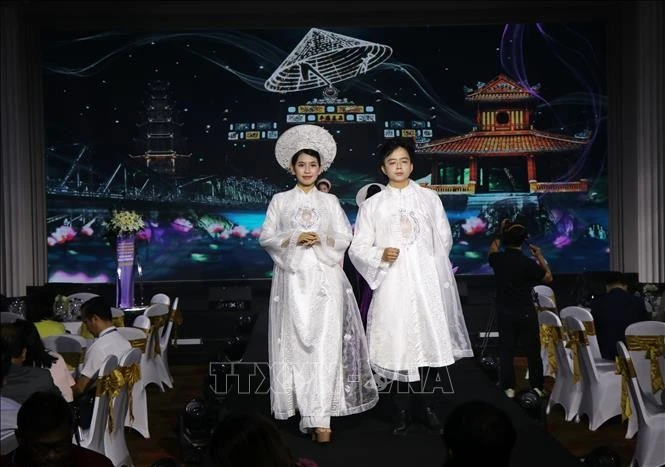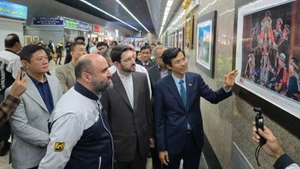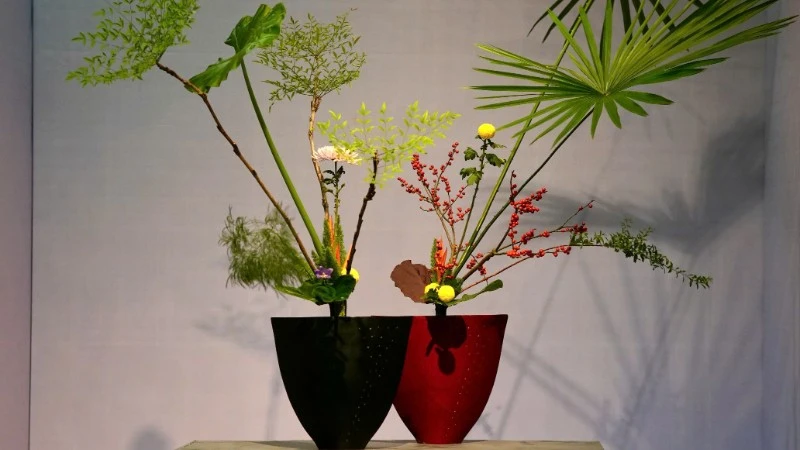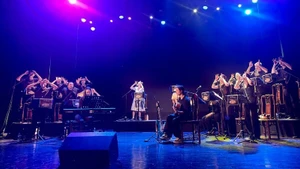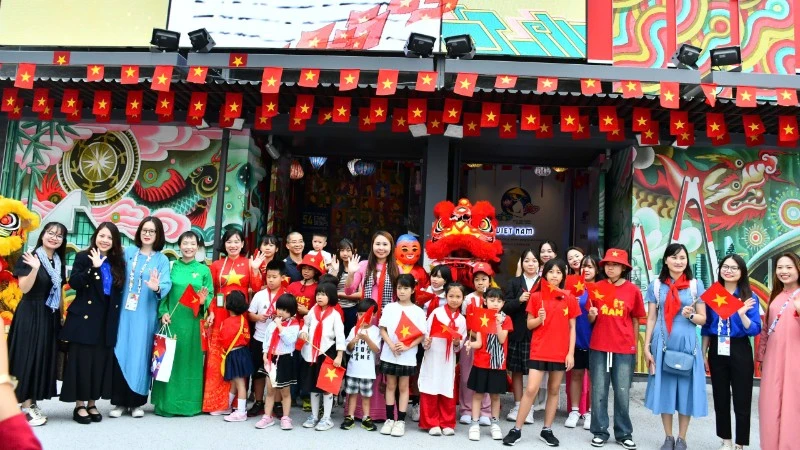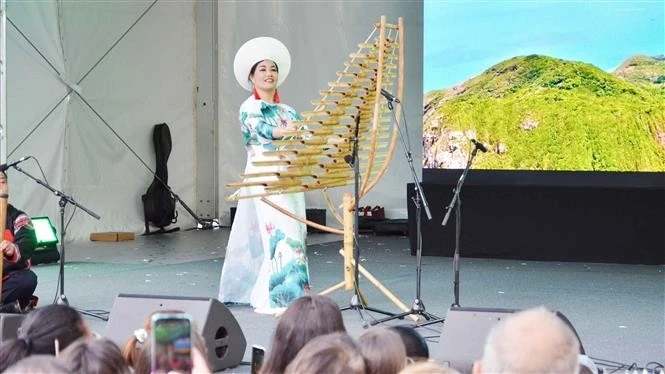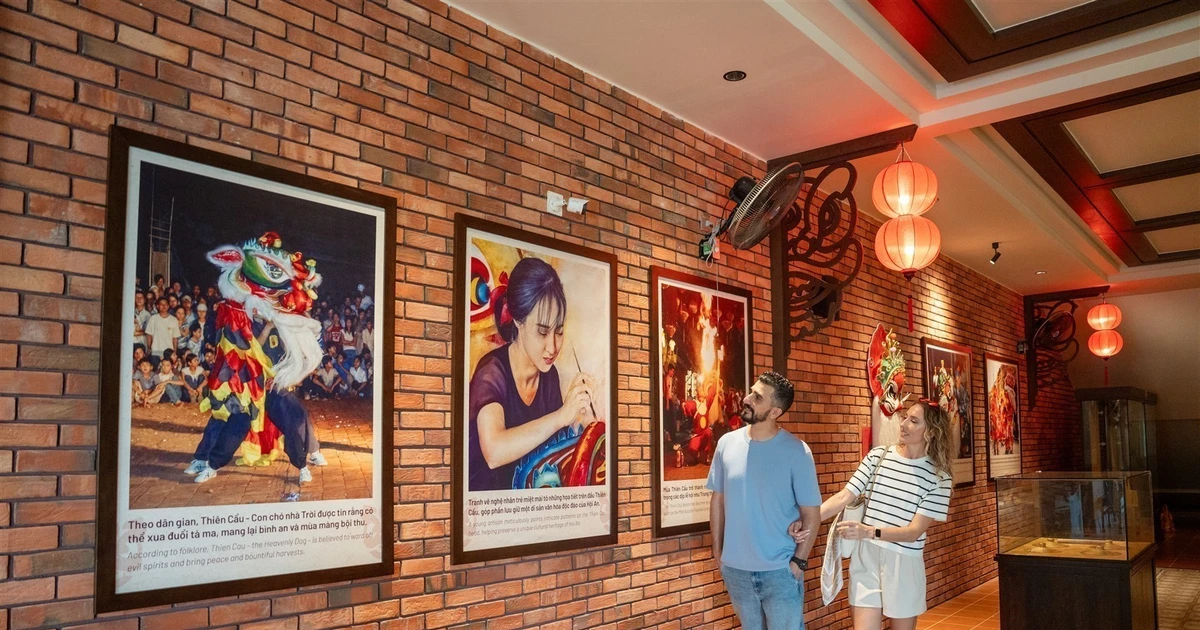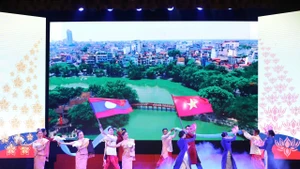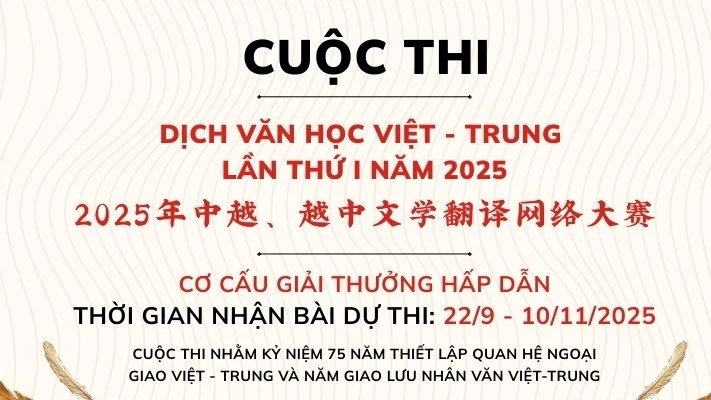The event drew the participation of more than 500 delegates, including ambassadors and representatives from the embassies of ASEAN countries such as Viet Nam, Thailand, Brunei, Indonesia, Malaysia, Myanmar, the Philippines, and Singapore. Also in attendance were officials from the China Foreign Languages Publishing Administration, the China International Publishing Group, the Orchid Awards Secretariat, representatives from the provinces of Yunnan, Shaanxi, Hainan, and Henan, as well as fashion enterprises, cultural companies, media outlets, and bloggers.
In his opening remarks, Yu Yingfu, Deputy Director of the China Foreign Languages Publishing Administration, said that costumes are “living fossils” of civilisations, reflecting each nation’s cultural identity and forming part of humanity’s shared heritage.
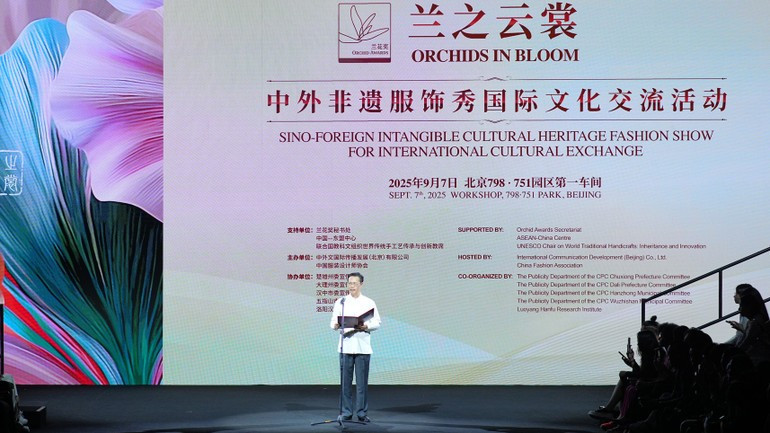
This year’s cultural exchange used costumes and intangible heritage as a medium to revive traditional identities through cultural creativity, transforming intangible values into a modern fashion language integrated into the global flow.
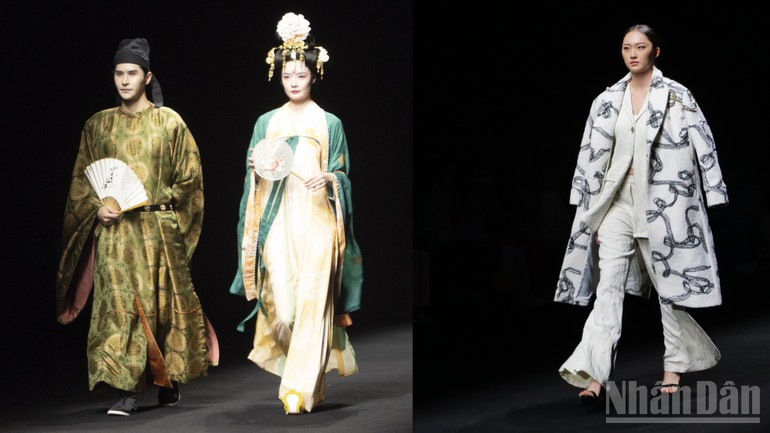
The show featured costumes and intangible heritages from five Chinese localities — Luoyang, Hanzhong, Wuzhishan, Dali, and Suoxiong — and depicted the history, culture, daily life, production activities, and landscapes of different ethnic groups and regions.
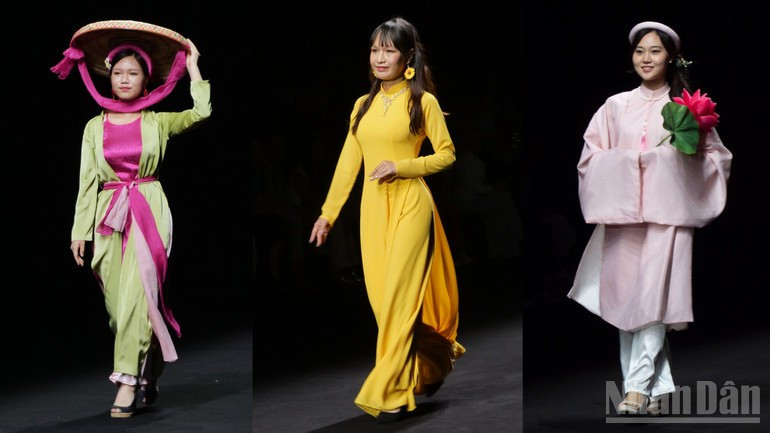
Viet Nam presented its traditional costumes, alongside those of seven other ASEAN countries — Brunei, Singapore, Indonesia, Malaysia, Myanmar, the Philippines and Thailand — in what became a visual feast of cultural diversity expressed through attire and intangible heritage.
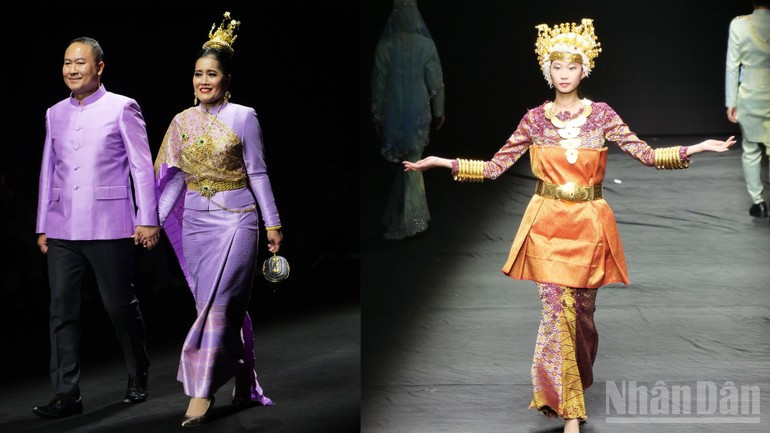
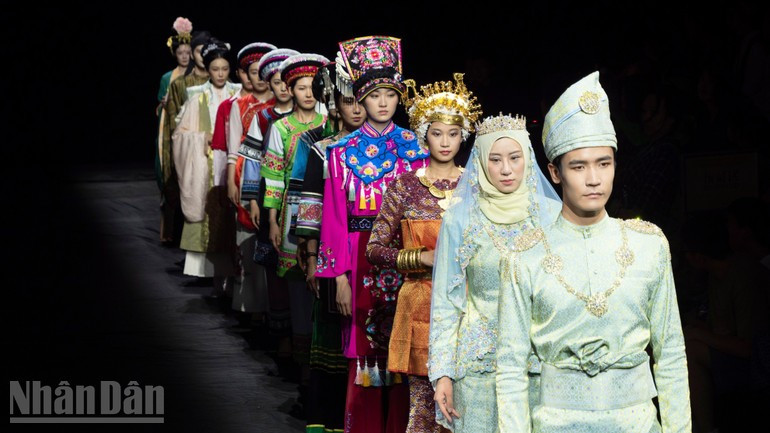
By combining heritage with fashion, the event not only fostered cultural exchange and mutual learning but also enabled international audiences to gain a deeper appreciation of the richness and diversity of Chinese and ASEAN cultures.
